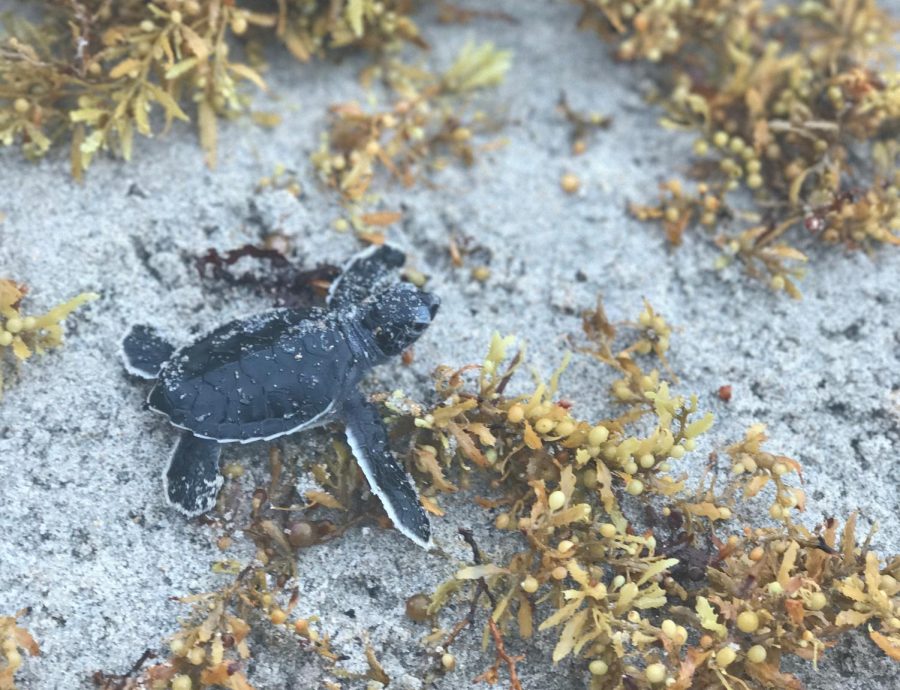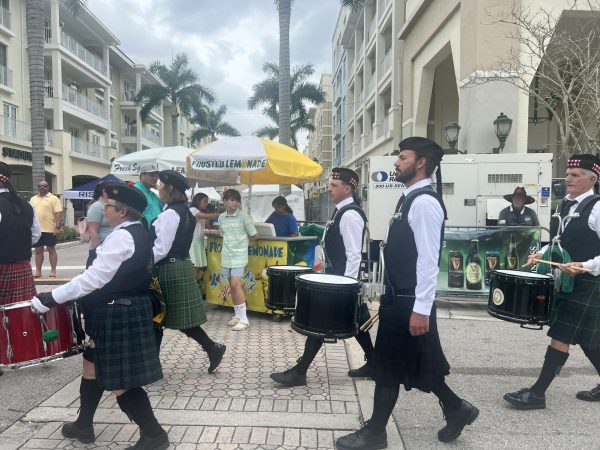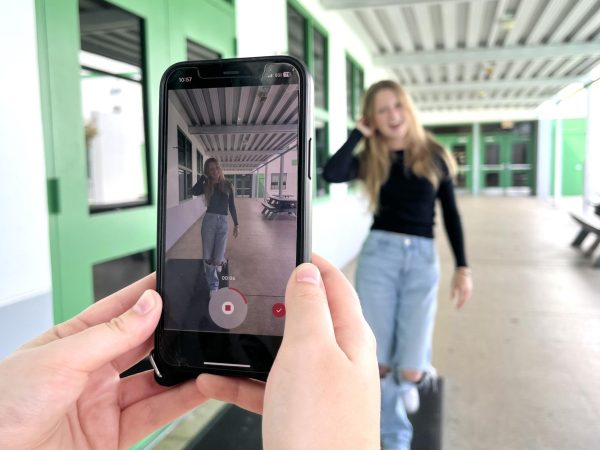“Lights Out” for turtles on the Florida coast
March 1 through Oct. 31 is the nesting season for sea turtles. Palm Beach County’s coast will turn it’s ‘lights out’ for the sea turtles. This way, the turtles don’t get confused when trying to find their way back to the ocean when they come on shore. The artificial lighting has become problematic for sea turtles, as they continuously get disoriented by lamp posts or street lights.
When turtles come to shore to lay their eggs they normally come during the night. With this being said, they use the light produced from the moon to find their way back to the water. The buildings along the beach give off too much light and confuse the turtles. So, authorities are enforcing residents and businesses to turn their lights off past a certain time and use as little light as possible.
“To comply with the “lights out” policy, oceanfront property owners are required to shield or redirect any artificial lights illuminating any area of the beach or water that may be used by nesting sea turtles and hatch-lings, or simply turn off the lights,” police said in a Palm Beach Post article.
Luckily, Juno beach has improved their “lights out” technology.
“Juno Beach has specifically designed street lamps so the turtles don’t get confused and don’t go the wrong way,” Roseann Accardi-Nichols said.
Also, the use of red lights are considered “turtle-friendly,” since they are designed to minimize the impact that traditional lighting can have on sea turtles; sea turtles do not see red light as well as we do. These lights are kept low to the ground with a low-wattage.
“Beaches are working towards having down-facing lights instead of those that shine upward,” Junior David Foster said.
As the egg laying season ends and the eggs start to hatch, the ‘lights out’ will be used for the new born babies to guide them back to the ocean.












Curran Krapp • Nov 3, 2022 at 11:15 pm
Good job